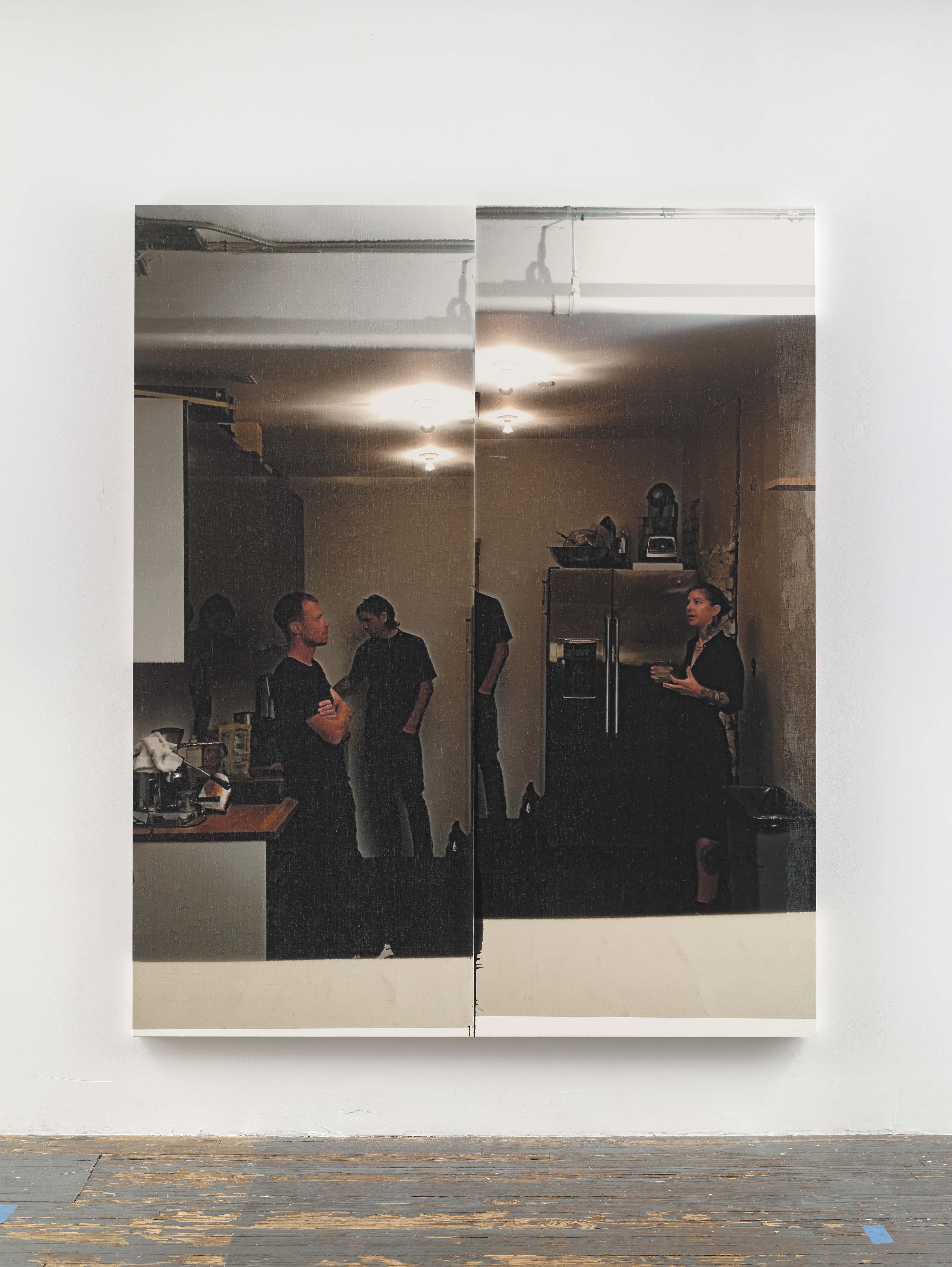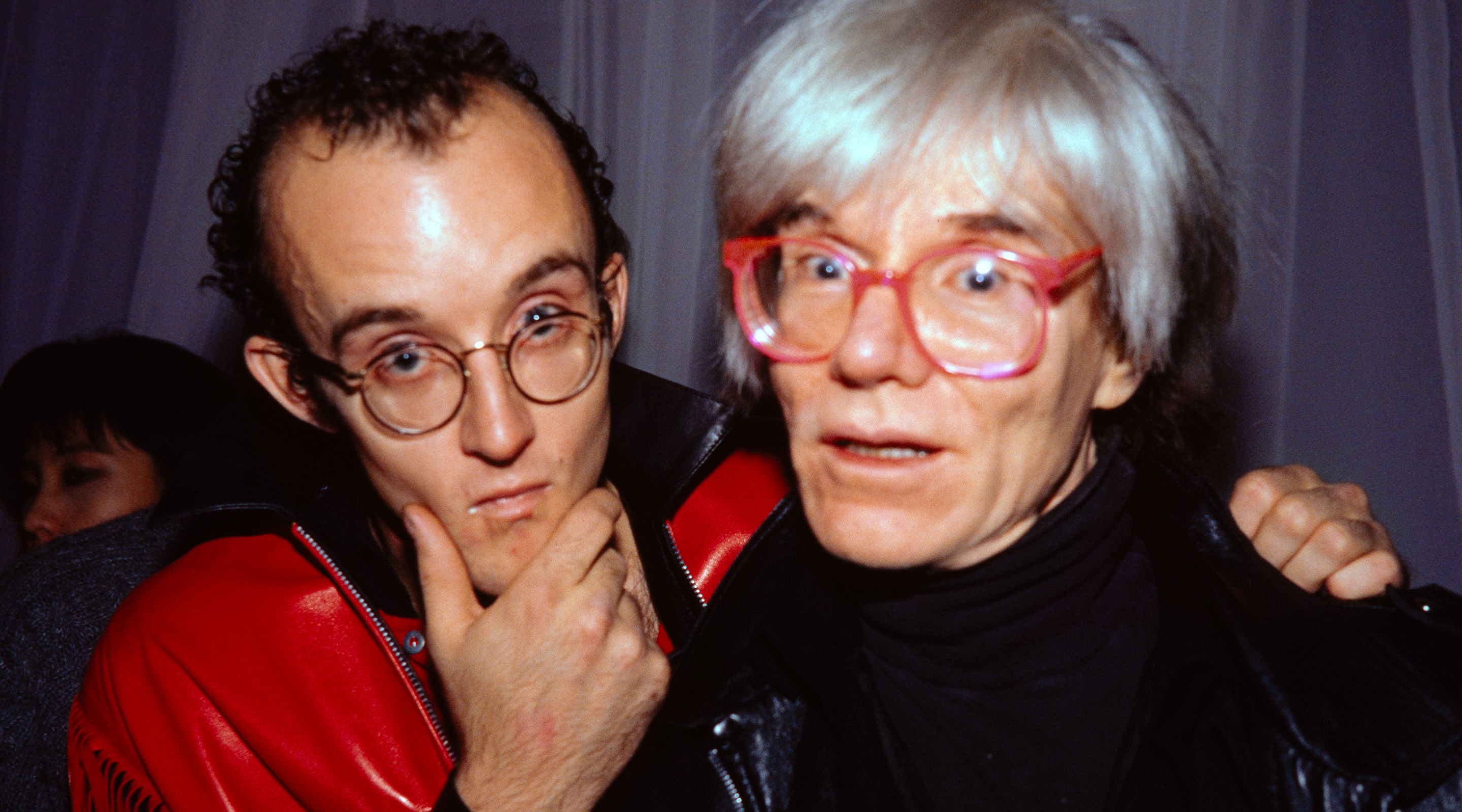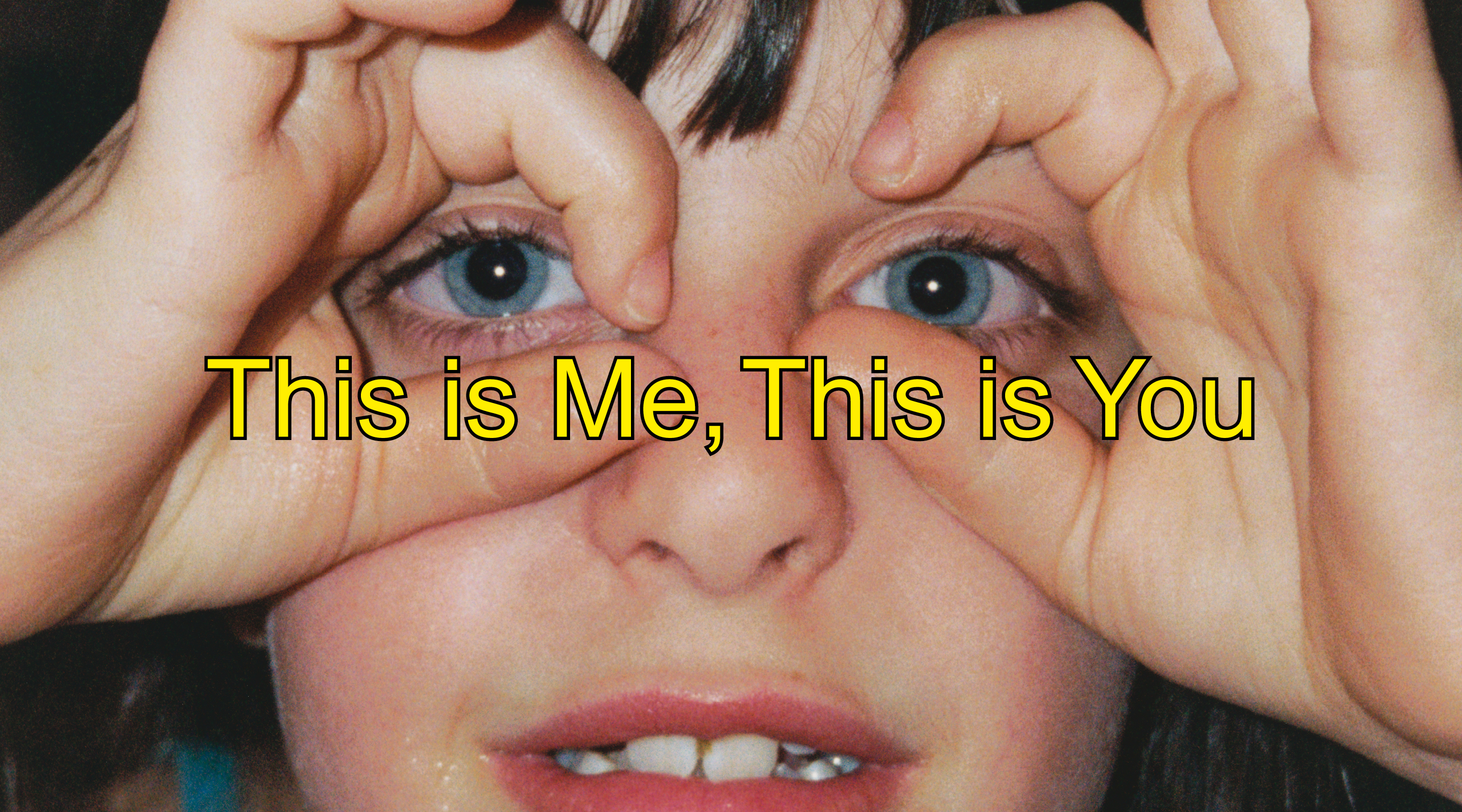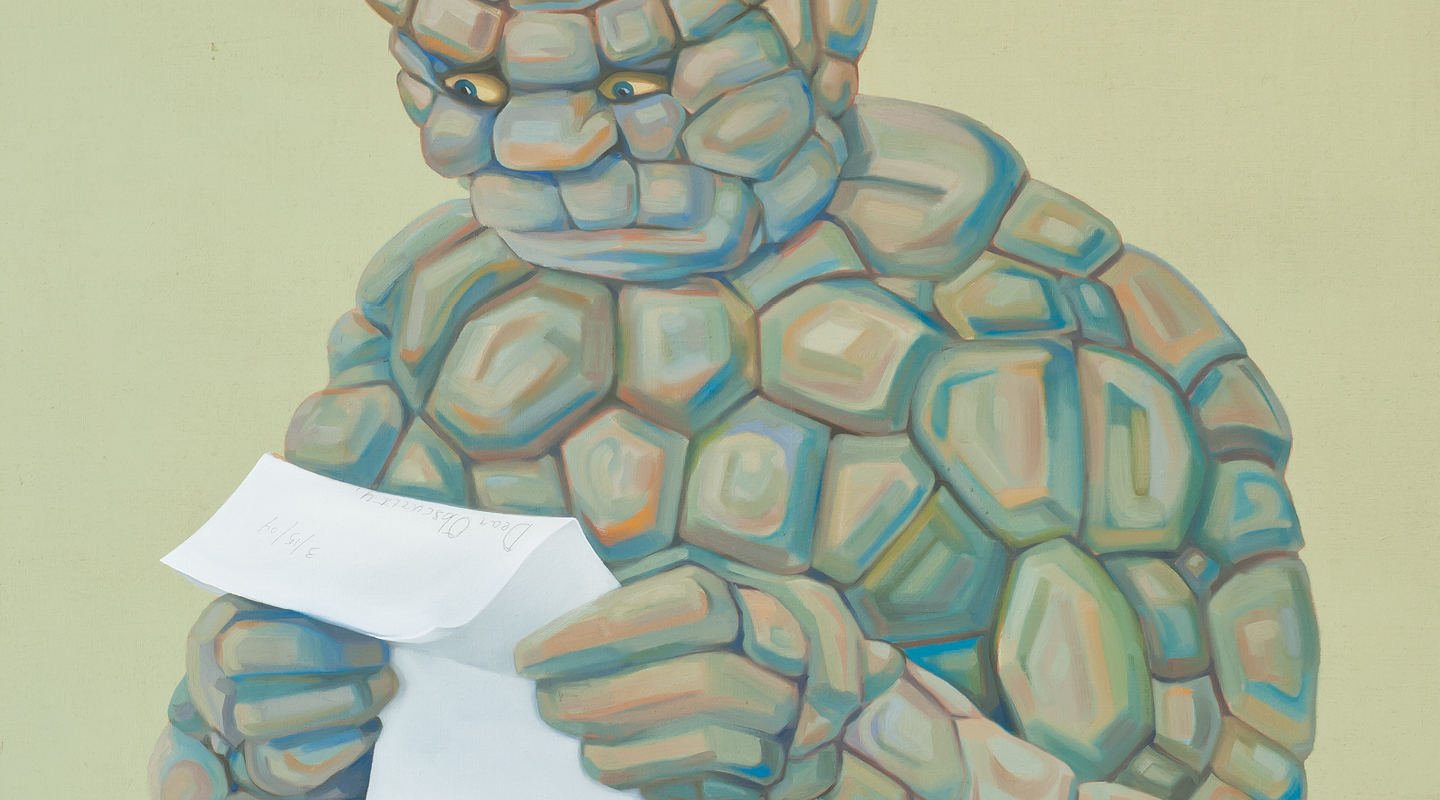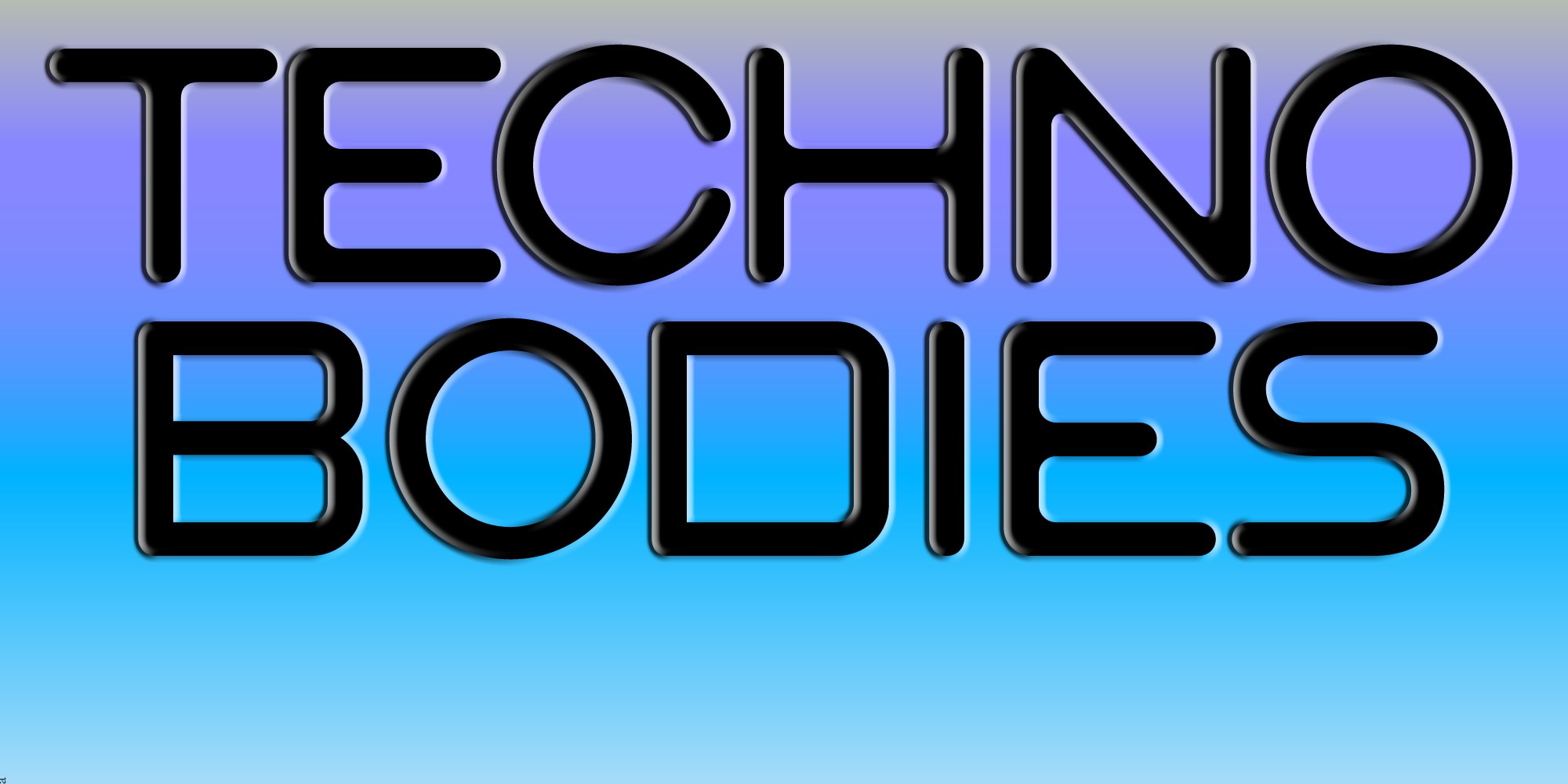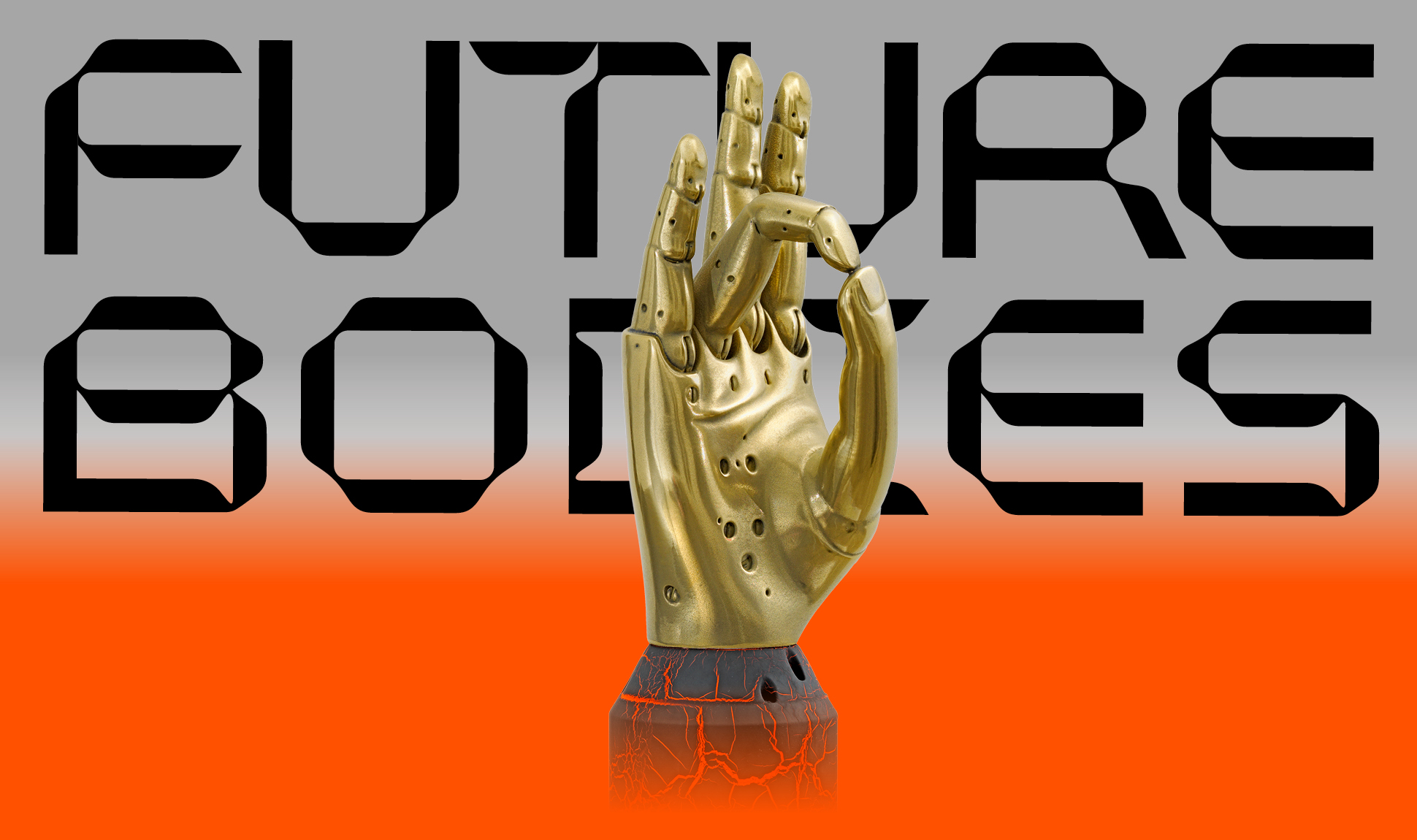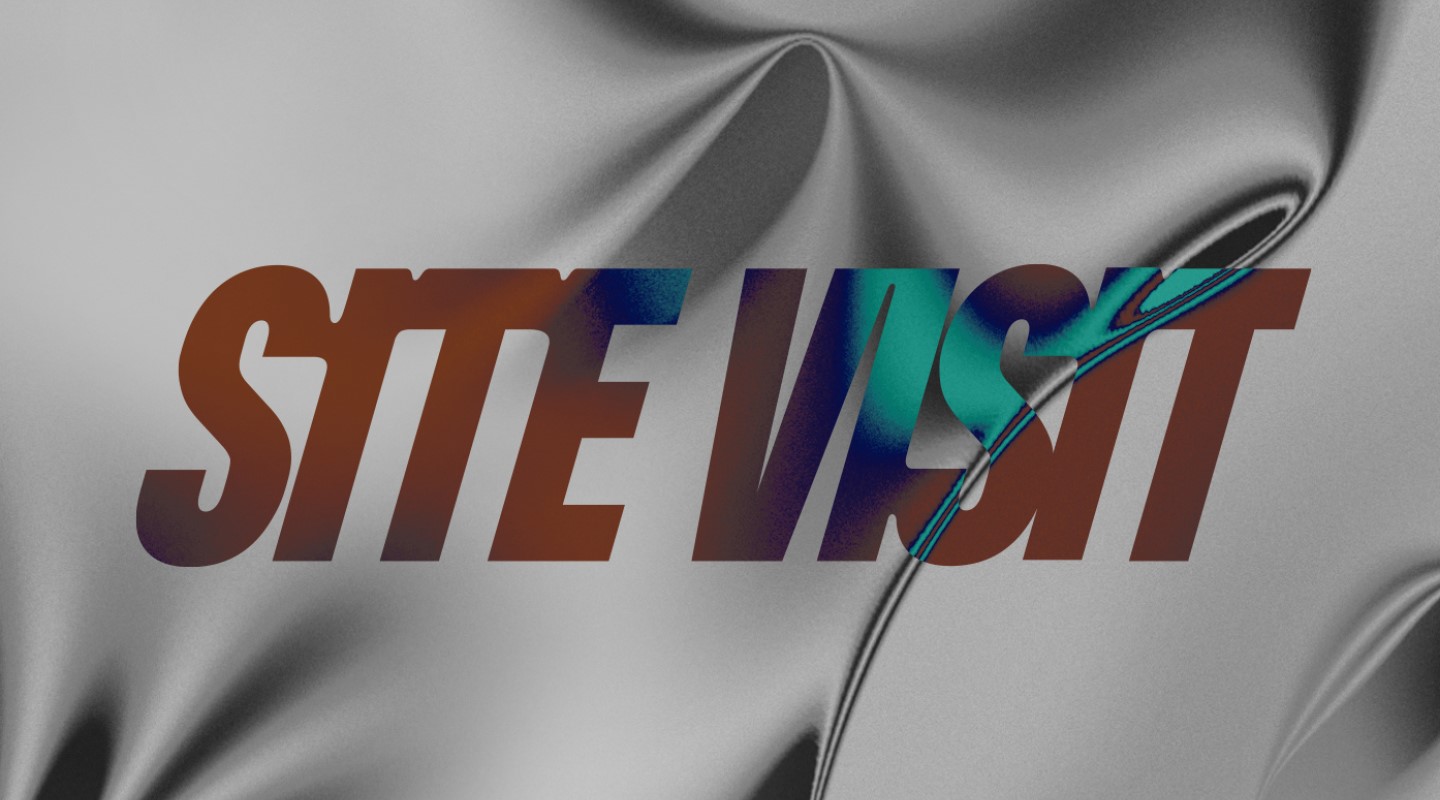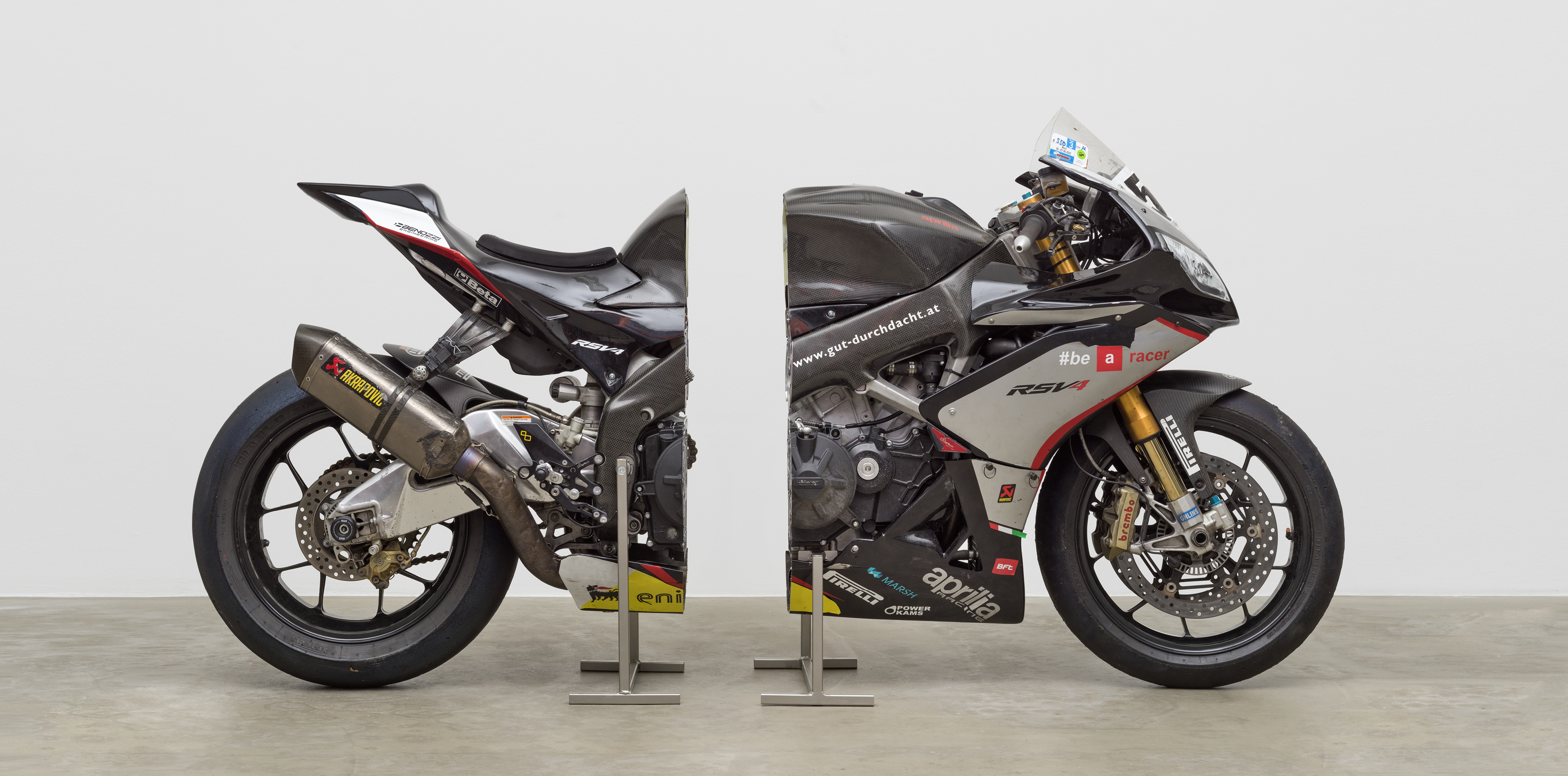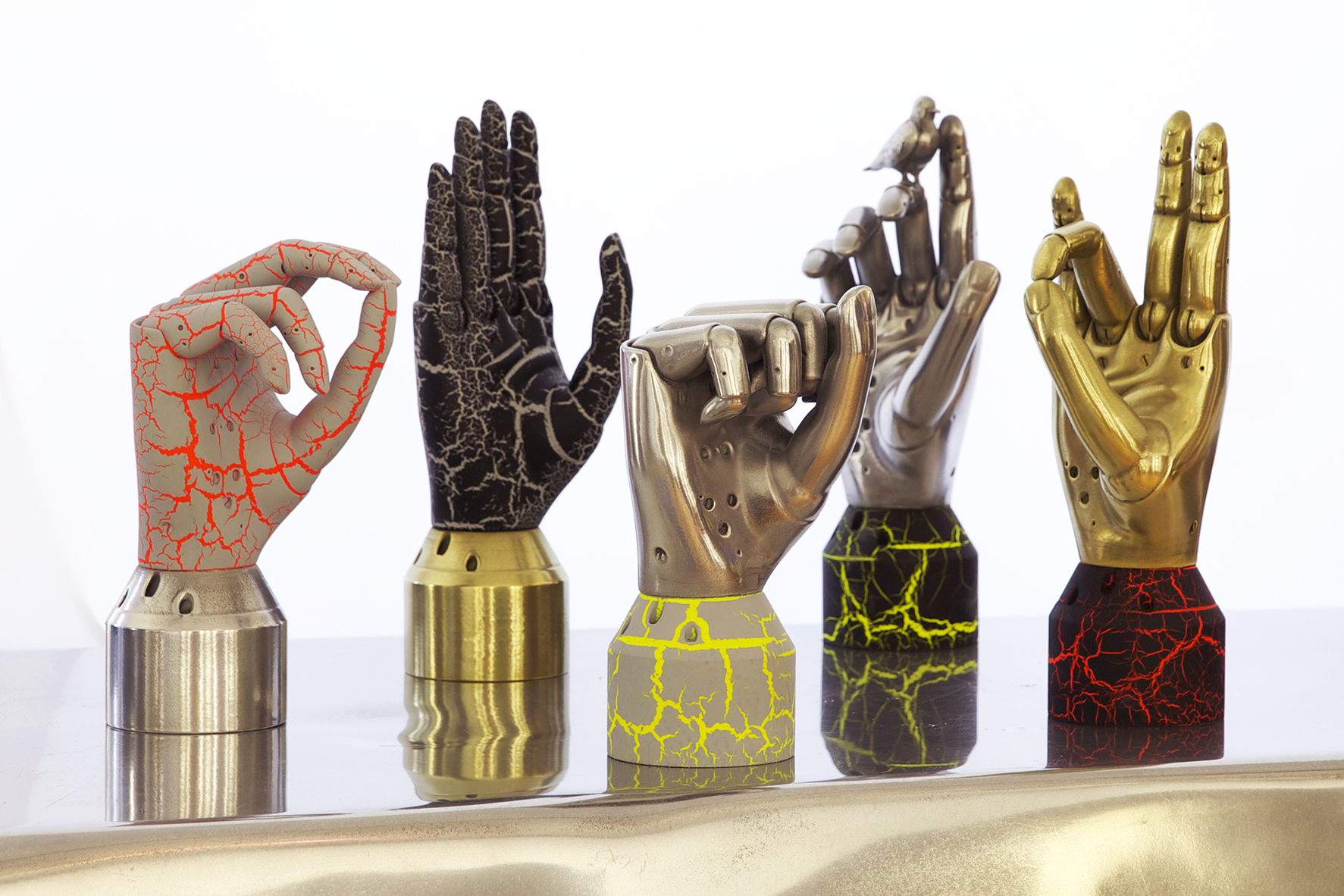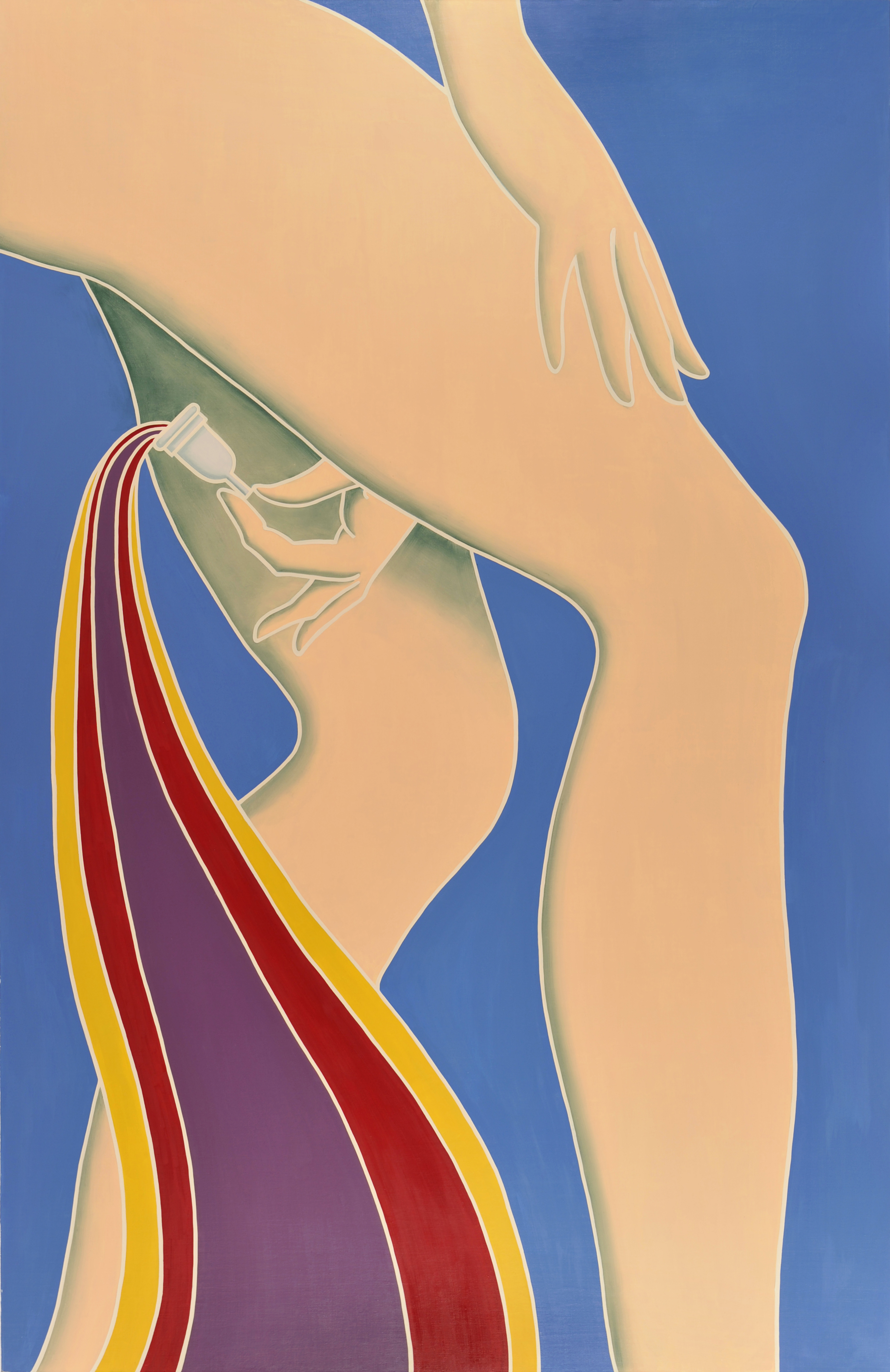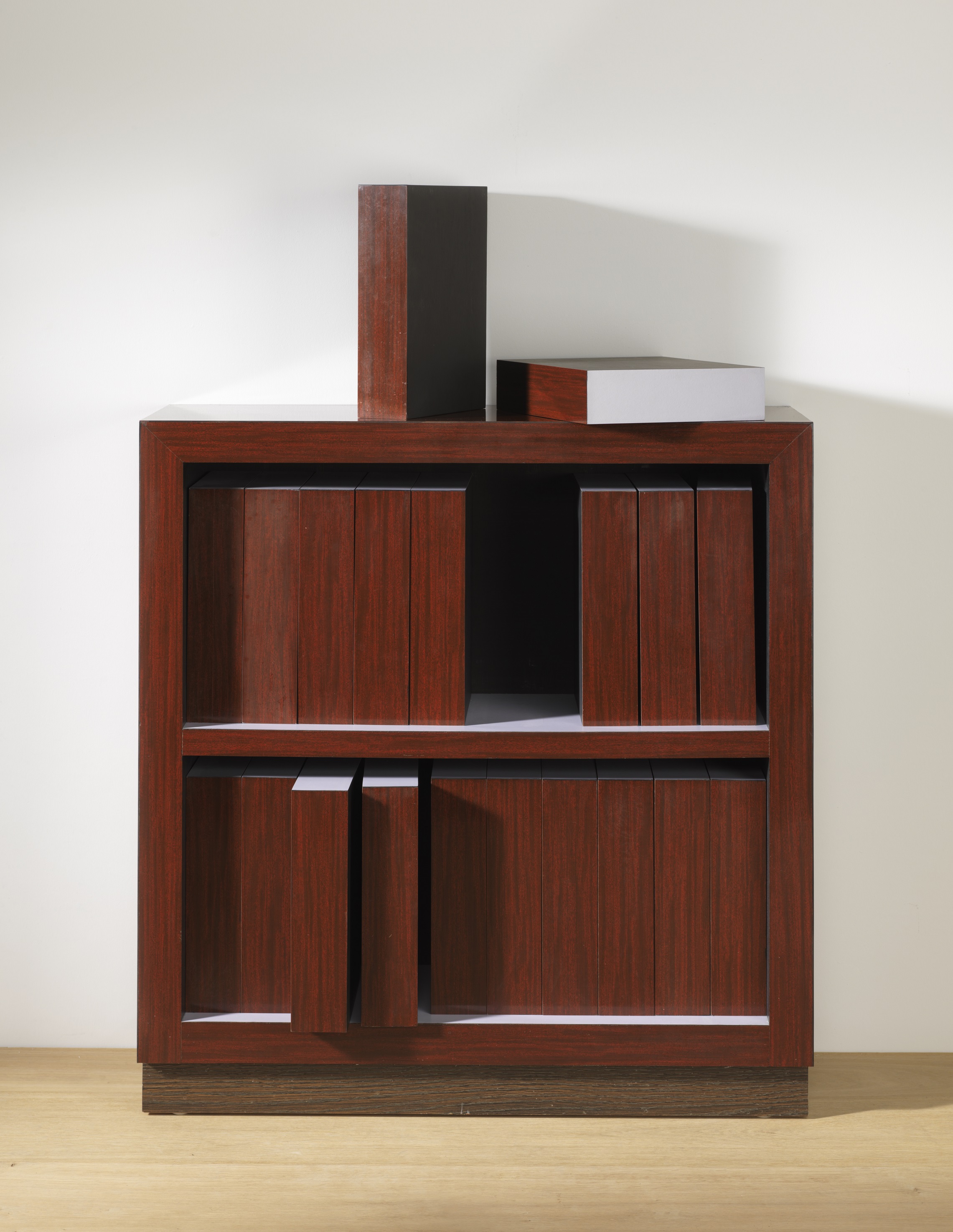Das New Yorker Atelier
January 28–April 30, 2017
Munich 80333
Germany
Hours: Tuesday–Sunday 10am–6pm
Thursday 10am–8pm
Over the last two years, Wade Guyton has created a new series of paintings that will be on view at the Museum Brandhorst for the first time in its full range and complexity. While minimalist symbols such as the letters X and U, stripes, and monochrome surfaces were the prominent features in his previous work, Guyton’s new canvases surprise with an array of diverse motifs and techniques: cell phone snapshots of his New York studio, screen captures of the online edition of the New York Times, as well as abstract forms. The latter are in fact extreme enlargements of bitmap files, offering a closer look into the "anatomy" of digital visual language.
Since the early 2000s, Guyton has pursued, with impressive consistency, an investigation into the conditions and impact of digital image production. His artistic practice follows a seemingly simple process: linen and pages from art catalogues are fed through an inkjet printer. Over the years a "signature style" has emerged, consisting of a set of signs and motifs that Guyton enters into programs such as Photoshop or Word to subsequently print on various forms of support. Through unplanned overlaps, mechanical errors and discrepancies that reveal contingency in digital technology, his art renders digital code visible and lets it "speak." The artist purposefully misuses his printer by challenging it with commands and materials that exceed its design specifications. As a result, the digital work everts its inherent conflicts, eliciting a discussion on the conditional nature of its visualization.
In his new series Guyton goes a step further, intensifying the interplay between painting and photography, analogue and digital modes of depiction that has always been present in his work. By integrating the now-ubiquitous formats of the cell phone snapshot, screen capture, and zoom, Guyton expands his visual language both outwards and inwards. His art is tracking the rapid expansion and diversification of digital code into all areas of life: recording, for example, the click on the news, the glance out the studio window, the coffee break in the kitchen, and the floor on which the artist stands while the canvas gradually comes out of the printer and edges, inch by inch, over the floorboards.
Wade Guyton’s New York studio, a loft on the Bowery in Manhattan, houses an archive, a library, an office area and a kitchen, which serves as a gathering space for everyone who works there. A large, open space, where the printer stands, takes up the centre of the studio. Several stacks of paintings, that are continually being moved, are lined up on the long display wall. The various areas flow seamlessly into one another, raising the question of where the "creative act" actually takes place: on one of the computers or at the printer? Or while the canvas is pulled across the floor—a process that leaves traces of handling? Or perhaps when the images are viewed and sorted, arranged side by side so that they communicate with each other? The spatial, social, and political environments of the creative process, the everyday tasks, as well as the technological conditions, become the setting for the creation of the image. Wade Guyton thus updates the art-historical trope of the "artist’s studio" as an allegory of aesthetic self-reflection in an environment of digital interconnectivity.
The new motifs and image series thus challenge each other, entering into a lively conversation, commenting on, complementing, or dismantling each other. The New York Times paintings, for example, stand in counterpoint to the monochrome paintings by interweaving photography and painting, abstraction and representation, political currency and timelessness. Individual motifs are also repeated, with colour, consistency, and resolution altered for each new printing. In the process Guyton establishes an open and continually expanding visual system. The inner tension at work within this system is expressed not as an irreconcilable conflict, but as a sensuous fluctuation between antagonistic forces.
The exhibition at the Museum Brandhorst features over 30 pictures on linen, a series of drawings in vitrines, and two video projections. The accompanying catalogue includes a conversation between the artist, Johanna Burton, and Achim Hochdörfer.
The exhibition is supported by PIN. Freunde der Pinakothek der Moderne e.V. as well as the Legero Footwear Company and their initiative con-tempus.eu.
Press department of the Pinakotheken
Tine Nehler M.A., Head of Press Department
T + 49 (0)89 23805 1321 / F + 49 (0)89 23805 1304 / presse@museum-brandhorst.de
